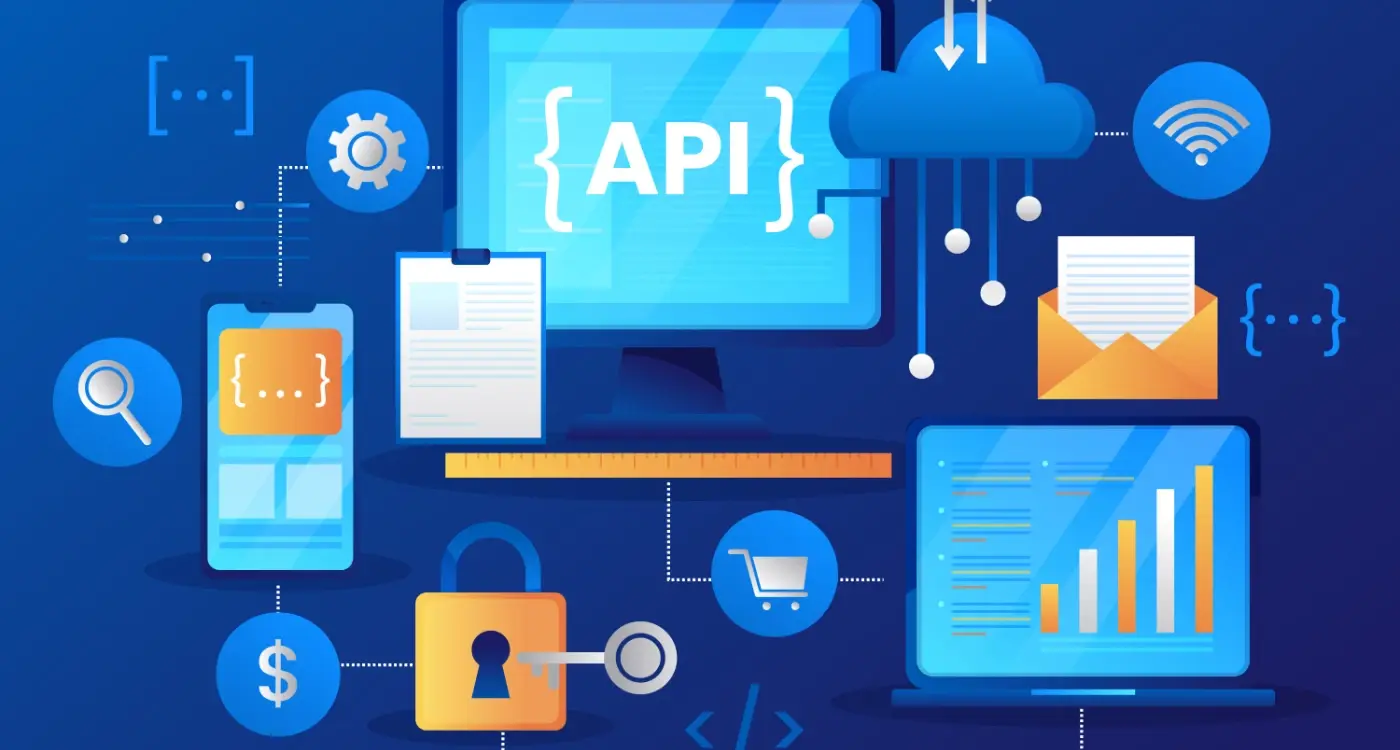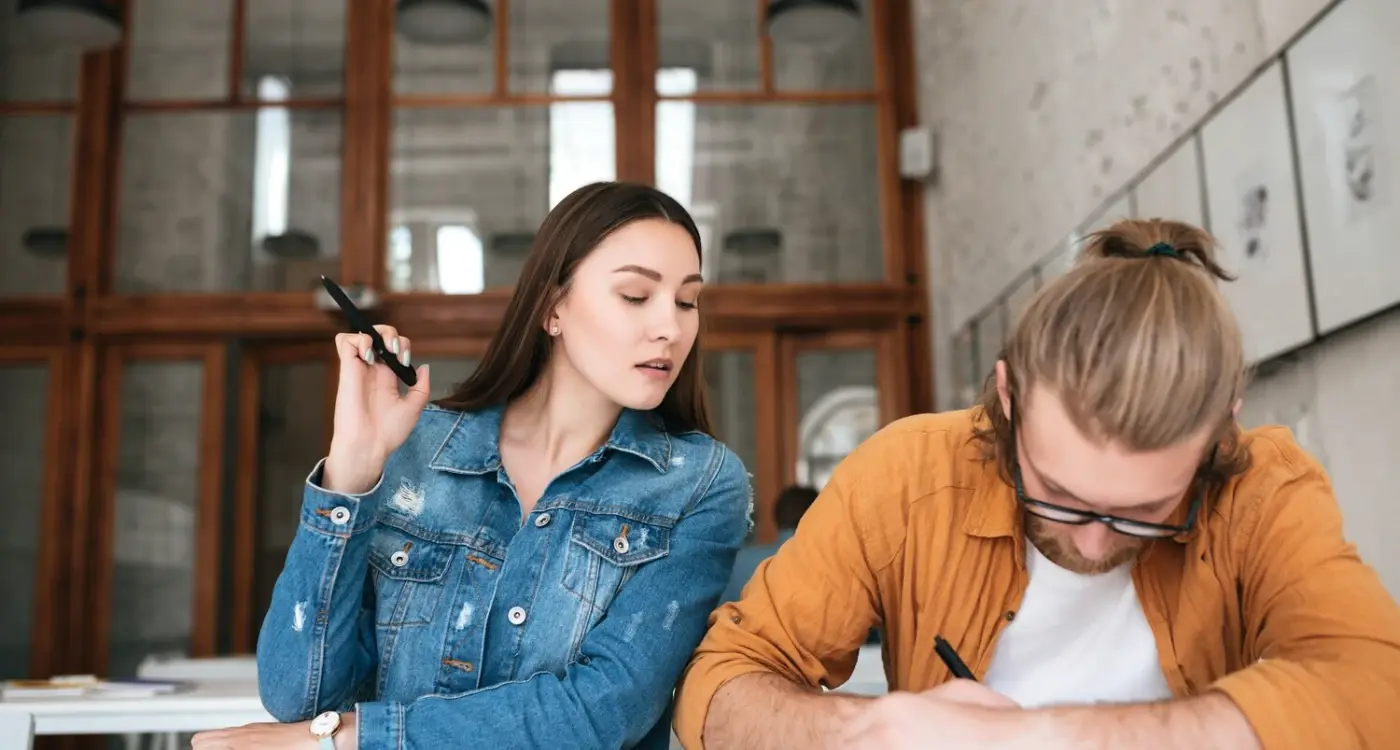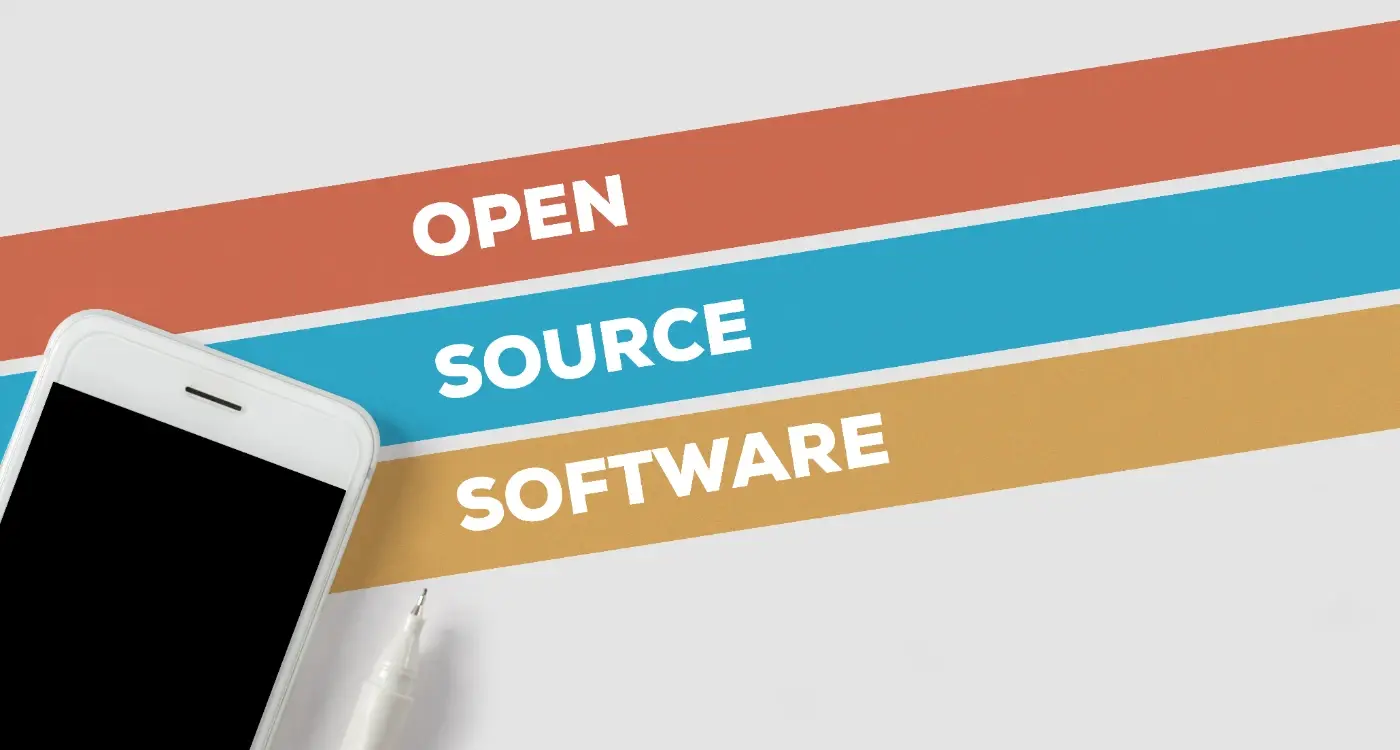How Do You Protect Your Mobile Game From Copycats?
Every successful mobile game faces the same inevitable problem: copycats. Within weeks of launching a hit game, developers often find dozens of clones flooding app stores, complete with suspiciously similar graphics, gameplay mechanics, and even names. The mobile gaming industry sees thousands of copycat games released every month, and the speed at which they appear can be staggering.
This isn't just about hurt feelings or wounded pride—it's about protecting your business. When someone copies your mobile game, they're not just stealing your creative work; they're potentially stealing your revenue, confusing your players, and diluting your brand. The competition becomes unfair when rivals can skip the hard work of innovation and simply replicate what you've built.
The best time to protect your game is before you need protection, not after you've been copied.
Understanding intellectual property law might seem boring compared to designing cool characters or programming smooth gameplay, but it's just as important for your game's success. Whether you're an indie developer working from your bedroom or part of a larger studio, knowing how to protect your app idea can mean the difference between long-term success and watching others profit from your hard work. Let's explore the practical steps you can take to safeguard your mobile game from those who would rather copy than create.
Understanding Copyright and Legal Protection for Mobile Games
Right, let's start with the basics—copyright protection is automatically yours the moment you create something original. No filing paperwork, no fees, no waiting around for approval. Your game's code, artwork, music, and story elements are protected from the second they exist in a tangible form.
But here's where it gets interesting (and slightly frustrating). Copyright doesn't protect your game's ideas or mechanics. Someone can make a match-three puzzle game just like yours, use similar power-ups, and even copy your scoring system. What they can't do is steal your actual code, copy your character designs pixel by pixel, or use your exact storyline.
What Copyright Actually Covers
Your copyright protection extends to the creative expression of your game—the specific way you've implemented your ideas. This includes your source code, visual assets like sprites and animations, audio files, written dialogue, and level designs. Think of it as protecting the "how" rather than the "what".
The Limitations You Need to Know
Game mechanics, rules, and basic concepts can't be copyrighted. Neither can simple geometric shapes or common colour schemes. This means someone could create a bird-flapping game with pipes to navigate through, but they couldn't use your exact bird character or copy your specific physics engine code.
Copyright gives you solid foundation protection, but it's just one piece of the puzzle when defending your mobile game against copycats.
Trademark Protection for Your Game's Brand and Assets
When I talk to mobile game developers about protecting their intellectual property, they often focus on the code and gameplay mechanics—but there's something equally important that gets overlooked: your brand. Your game's name, logo, character designs, and even distinctive sound effects can all be protected through trademark law, and frankly, they should be.
Think of trademarks as your game's identity card in the marketplace. Unlike copyright which protects creative works, trademarks protect the things that help players recognise and distinguish your game from the competition. This includes your game title, any unique character names, your studio logo, and even specific visual elements that make your game instantly recognisable.
What Can You Trademark?
You can trademark names, logos, slogans, and distinctive visual elements—but here's the catch: they need to be unique and used in commerce. You can't trademark generic terms like "Racing Game" but you could trademark a specific character name or your game's unique title. The key is distinctiveness; your trademark needs to help consumers identify your product specifically.
Getting Started with Trademark Protection
Start by conducting a trademark search to make sure your chosen name or logo isn't already taken. You can do this through the UK's Intellectual Property Office or hire a trademark attorney to do the heavy lifting. Once you're confident your mark is unique, you can file an application—just remember that trademark protection is territorial, so you'll need to file in each country where you want protection.
Register your trademark before launching your mobile game publicly. It's much easier and cheaper to secure protection early than to fight for it later when someone else might have started using something similar.
The brilliant thing about trademarks is they can last forever—as long as you keep using them and renewing the registration. This makes them particularly valuable for mobile game franchises or when you're building a recognisable brand that spans multiple games.
Trade Secrets and Keeping Your Code Safe
Your game's source code is like the recipe for Coca-Cola—it's what makes your product unique and keeping it secret is absolutely critical. I've worked with developers who treat their code like it's just another file on their computer, but that's a dangerous mindset that can cost you everything.
Trade secrets don't need to be registered anywhere (unlike patents or trademarks) but they only work if you actually keep them secret. Your code, algorithms, game mechanics, and even your development processes can all be protected as trade secrets—but only if you take the right steps.
What Counts as a Trade Secret
Not everything in your game qualifies for trade secret protection. The information must be genuinely secret, have commercial value, and you must make reasonable efforts to keep it confidential. Your unique AI behaviour patterns, level generation algorithms, or monetisation formulas could all qualify.
Protecting Your Code
Start with the basics: secure your repositories, use strong passwords, and limit access to only those who absolutely need it. Code obfuscation makes your compiled code harder to reverse-engineer, though it won't stop determined hackers completely.
- Use private repositories with two-factor authentication
- Implement proper access controls and user permissions
- Regularly audit who has access to your code
- Use non-disclosure agreements with all team members
- Consider code obfuscation tools for your final builds
If you're working with remote developers, it's especially important to protect your app idea when working with remote developers through proper contracts and security measures. Remember, once your trade secret becomes public knowledge, you can't put that genie back in the bottle. Prevention is always better than trying to fix a leak after it happens.
Building Strong Development Documentation and Proof of Ownership
I've seen too many mobile game developers get caught out because they didn't keep proper records of their work. It's one of those things that seems boring when you're excited about creating your game, but trust me—it becomes incredibly important if someone tries to copy your work. Good documentation isn't just about protecting your intellectual property; it's about proving you created something first.
Start documenting everything from day one. Keep records of your initial concept sketches, design documents, and code commits. Every email about your game idea, every meeting note, every version of your artwork—save it all with timestamps. This creates what lawyers call a "paper trail" that shows how your game evolved over time.
What to Document
Your development timeline should include concept art, character designs, gameplay mechanics, and technical specifications. Screenshots of your work-in-progress builds can be particularly valuable. Don't forget about audio files, music compositions, and any third-party assets you've licensed properly.
The best defence against copycats is a well-organised folder of development materials that tells the complete story of your game's creation
Version Control and Backups
Use proper version control systems like Git to track every change to your code. This automatically creates timestamps and shows the progression of your work. Back up everything to cloud storage services and keep local copies too. The more places your documentation exists, the stronger your position becomes if you need to prove ownership of your mobile game.
Monitoring the Market for Potential Copycats
Keeping an eye on the app stores for copycats isn't glamorous work, but it's necessary. I've seen brilliant games get ripped off within weeks of launch—sometimes with such blatant copying that even the screenshots look identical. The key is setting up a system that catches these copycats early, before they can steal your players or damage your reputation.
Start by monitoring the major app stores regularly. Apple's App Store and Google Play should be your primary focus, but don't forget about smaller platforms where copycats often test the waters first. Set up Google Alerts for your game's name, key features, and even unique phrases from your description. This gives you an early warning system that works whilst you sleep.
Tools for Market Monitoring
There are several approaches you can take to monitor effectively:
- Use app store monitoring tools like AppFigures or Sensor Tower to track similar apps
- Set up automated searches for your game's keywords and visual elements
- Join developer communities where copycat alerts are often shared
- Monitor social media platforms where new games are frequently discussed
- Check gaming forums and review sites for mentions of suspiciously similar games
Understanding app store requirements for mobile games can also help you spot violations when copycats don't follow proper guidelines. The most effective monitoring combines automated tools with manual checking. Spend 30 minutes each week browsing through new releases in your game's category—you'll be surprised what you find. Document everything you discover; screenshots, release dates, and developer information will be invaluable if you need to take action later.
Taking Action When Someone Copies Your Game
Right, so you've spotted a copycat game that's ripping off your hard work. Your blood is probably boiling—I get it, I've been there with clients who've discovered their mobile game concepts stolen and reskinned. But here's the thing: rushing into action without a plan can backfire spectacularly.
First things first, you need to gather evidence. Screenshots, download dates, app store listings, user reviews mentioning similarities—collect everything. This documentation will be your ammunition if things escalate. I always tell my clients to create a timestamped folder with all this proof before doing anything else.
Your Options for Fighting Back
Once you've got your evidence sorted, you have several routes to explore:
- Send a cease and desist letter through a solicitor
- File a DMCA takedown notice with app stores
- Report trademark infringement directly to Apple or Google
- Consider legal action if the copying is blatant and damaging
- Negotiate a licensing agreement (sometimes the smart move)
Don't go nuclear straight away. Sometimes a polite but firm email from your legal team can resolve things quickly without the expense of full litigation.
When to Walk Away
Here's some hard-earned wisdom: not every battle is worth fighting. If the copycat game is poorly made, has terrible reviews, or isn't actually impacting your downloads, you might be better off focusing your energy on making your own game even better. Legal battles drain time and money—resources you could spend on your next brilliant mobile game idea instead.
Instead of getting bogged down in legal fights, consider investing that energy into marketing your mobile game effectively or working with experienced developers who understand how to prevent plagiarism from the start.
Conclusion
After working with mobile game developers for years, I've seen too many brilliant games get copied—and I've watched developers who took the right precautions come out on top. The key isn't just creating a great game; it's protecting it from day one.
Start with your documentation. Keep detailed records of your development process, register your trademarks early, and consider copyright protection where it makes sense. Your code is your secret weapon—keep it safe and don't share more than you need to. Set up monitoring systems to catch copycats quickly because the sooner you spot them, the more options you have.
When someone does copy your game (and statistically, they probably will), don't panic. You've built your foundation of protection, so use it. Send those cease and desist letters, contact app stores, and if needed, bring in the lawyers. Most copycats back down when faced with proper legal action.
The mobile gaming market is competitive enough without having to fight copycats stealing your hard work. But with the right protection strategy in place, you can focus on what you do best—creating amazing games that players love. Your future self will thank you for taking these steps now.
Share this
Subscribe To Our Learning Centre
You May Also Like
These Related Guides

How Do You Licence APIs for Your Mobile Application?

What Happens When Someone Copies Your App Design?



